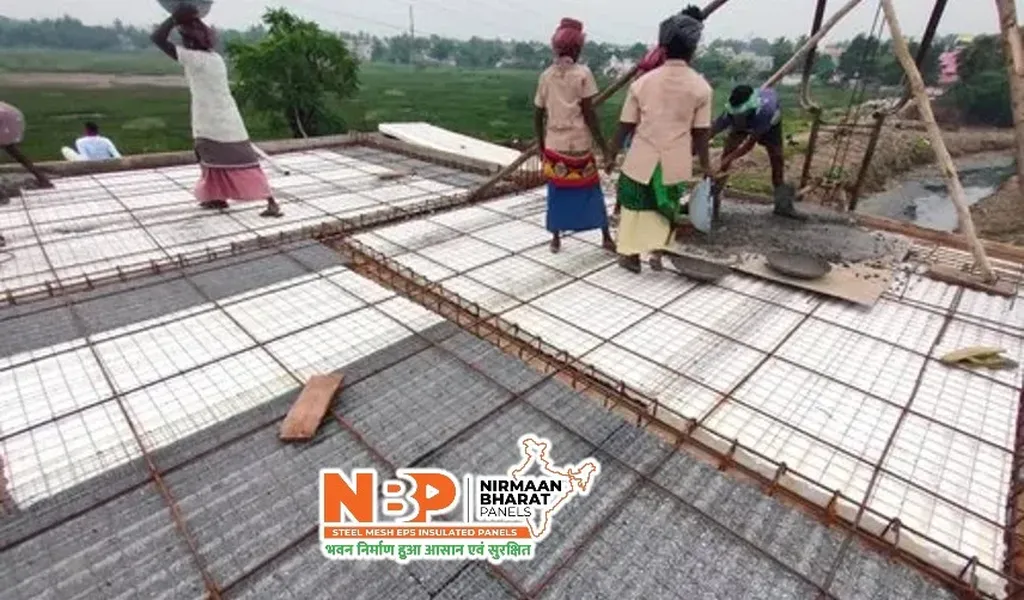In a significant stride towards sustainable construction materials, researchers have developed a novel method to transform waste expanded polystyrene (EPS) into high-performance wood-plastic composites (WPCs) for building insulation. This innovation, led by M Krishnaprasad Varma from the Mechanical Engineering Department at the National Institute of Technology Calicut in Kerala, India, not only addresses the pressing issue of EPS waste but also promises to enhance energy efficiency in buildings.
The study, published in the journal *Materials Research Express* (which translates to *Expressions of Material Research*), focuses on creating composite panels with varying EPS content and fiber-pulp ratios. The researchers found that a formulation with 60% EPS content exhibited optimal mechanical properties, including a flexural strength of 22 MPa and a compressive strength of 24.68 MPa. “This balanced composition provides adequate mechanical integrity while significantly lowering thermal conductivity,” Varma explained.
One of the most compelling aspects of this research is the use of a foaming agent, sodium bicarbonate, to control pore size within the composites. The addition of 2.5% foaming agent to the 60% EPS composite resulted in a remarkable reduction in thermal conductivity to 0.116 W mK^−1, which is 7.2% lower than the composite without the foaming agent. This achievement highlights the potential for these materials to greatly reduce energy consumption in buildings.
The implications for the energy sector are substantial. Buildings account for a significant portion of global energy consumption, largely due to heating and cooling demands. By incorporating these advanced WPCs into building insulation, the construction industry can take a significant step towards reducing energy usage and lowering carbon emissions.
“This research is a game-changer for the construction industry,” Varma stated. “It offers a sustainable solution that not only diverts waste from landfills but also enhances the energy efficiency of buildings.”
The study also included thermal load modeling for a single room, demonstrating the practical application of these materials in real-world scenarios. The results suggest that the optimized WPCs can significantly reduce the energy required for heating and cooling, making them an attractive option for builders and architects focused on sustainability.
As the world continues to seek innovative solutions to the challenges of waste management and energy efficiency, this research provides a promising path forward. By upcycling waste EPS into high-performance building materials, the construction industry can make strides towards a more sustainable future.
The findings of this research are not just academically significant but also commercially viable. The potential for these materials to reduce energy costs and improve building performance makes them an attractive option for developers and policymakers alike. As the construction industry continues to evolve, the integration of such sustainable materials will be crucial in meeting global energy and environmental goals.
In summary, this research represents a significant advancement in the field of sustainable construction materials. By transforming waste EPS into high-performance WPCs, the study offers a dual solution to the challenges of waste management and energy efficiency. As the construction industry continues to seek innovative and sustainable solutions, this research provides a compelling example of how waste can be transformed into valuable resources, paving the way for a more sustainable future.

